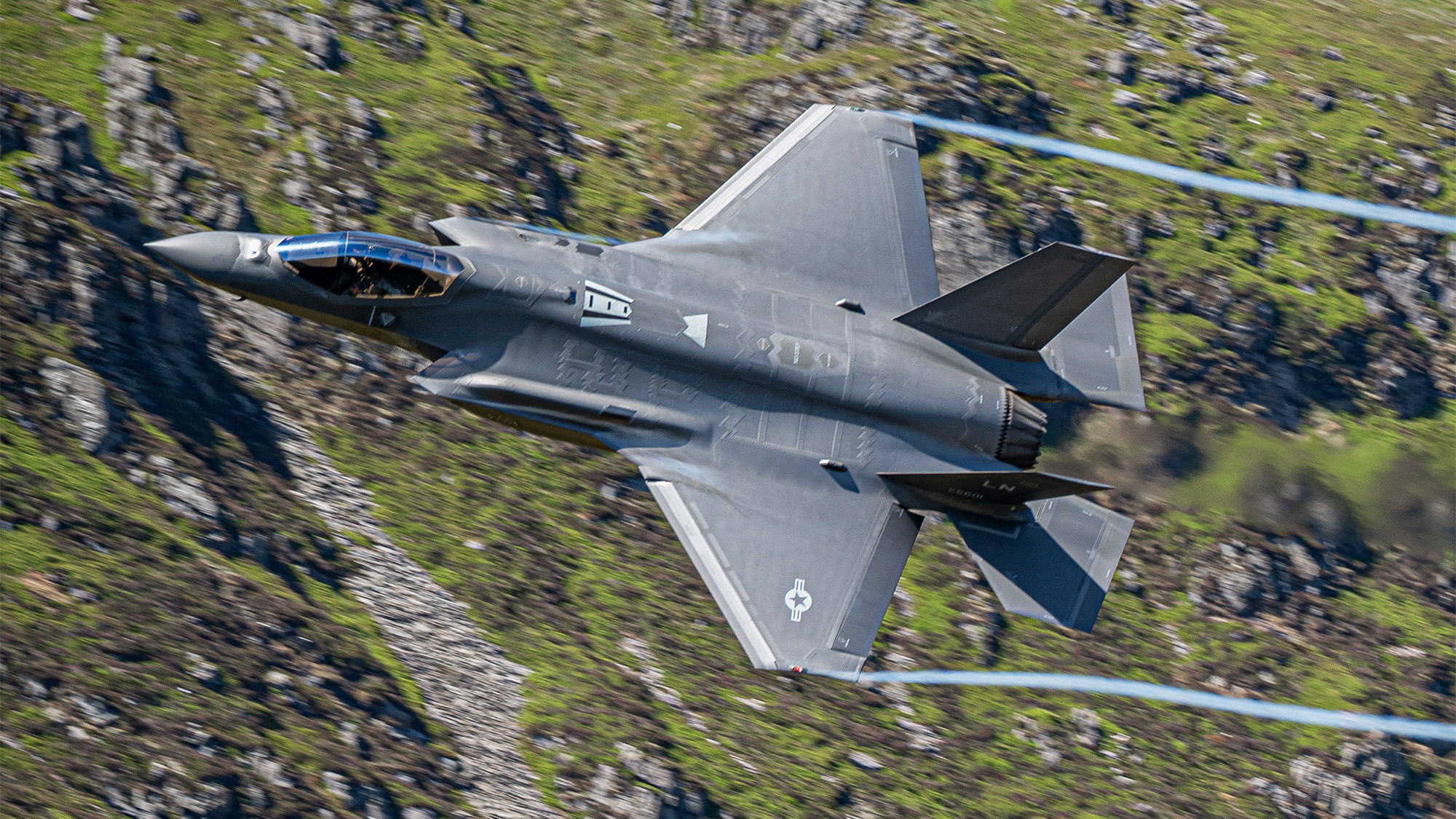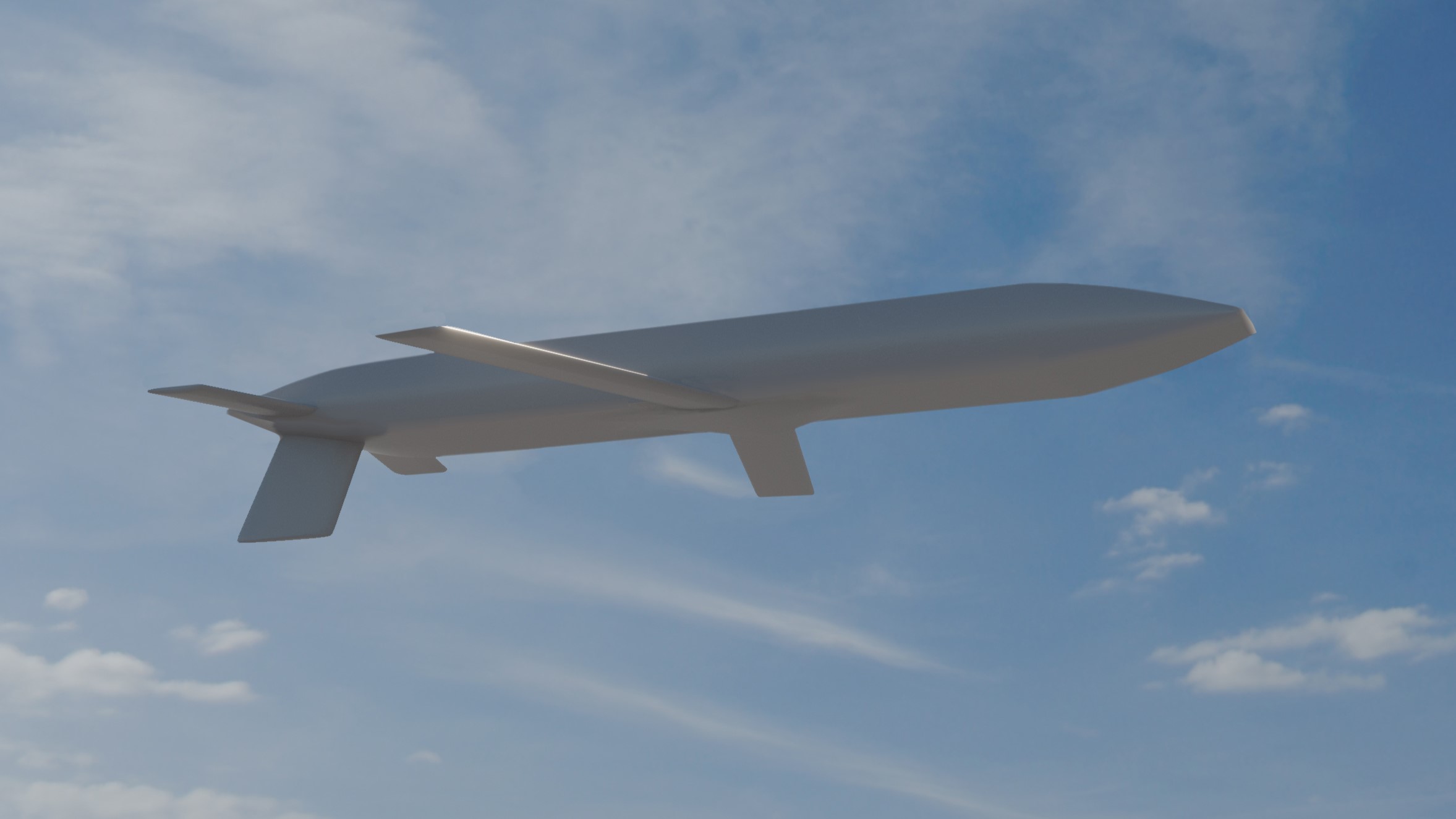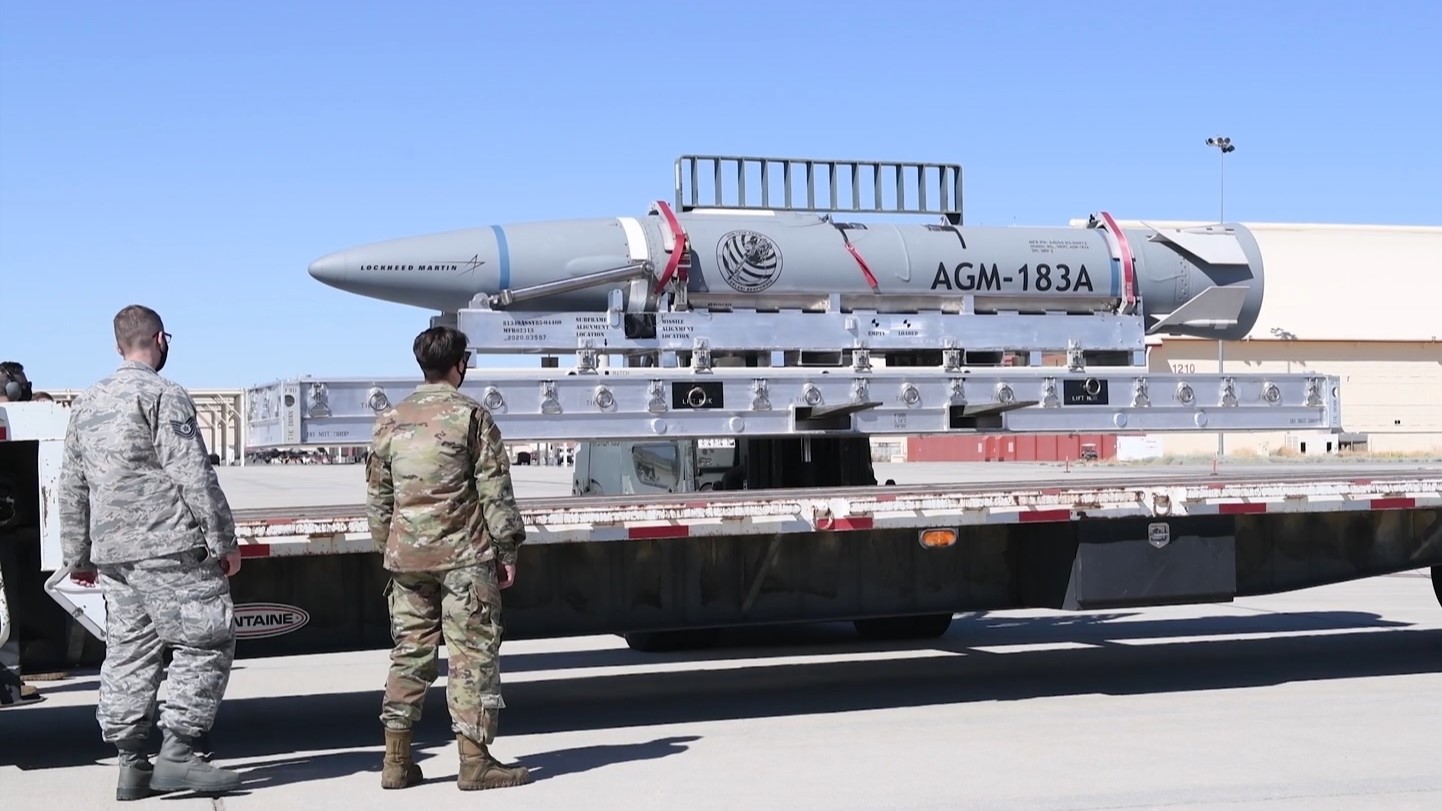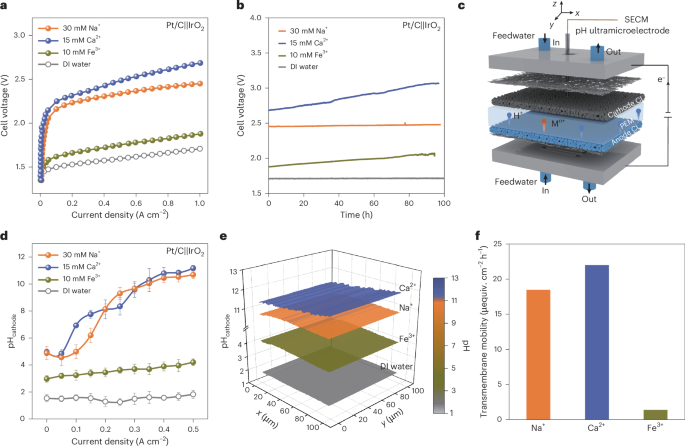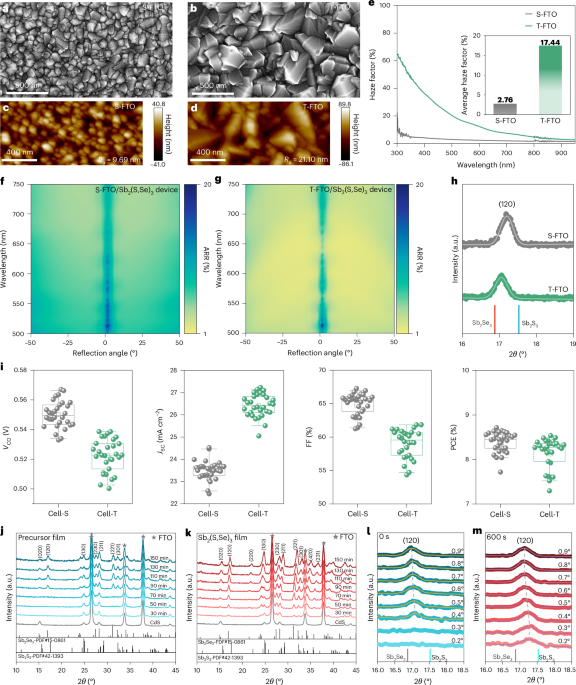Kymeta’s new antenna promises ‘seamless’ satellite network ‘roaming’
“The ubiquitous user terminal that could interoperate across frequency bands and orbits was a key part of [the Space Force’s SATCOM Vision], and to date, no one’s been able to deliver it,” said Ryan Stevenson, Kymeta’s chief scientist.


Kymeta’s new multiband KuKa antenna promises the ability for autonomous military systems to seamlessly switch from one satellite network to another to avoid jamming. (Photo courtesy of Kymeta)
WASHINGTON — Kymeta Corp. today unveiled a new antenna that according to company officials will offer the US military improved connectivity in the face of adversary jamming by simultaneously providing multiband access to different satellite networks.
Kymeta’s CEO Rick Bergman told Breaking Defense that the new antenna is a technological breakthrough that in particular promises the Pentagon long-desired capability to jump among various SATCOM networks, both military and commercial.
“This is, is the holy grail of connectivity for communications,” he said. “Especially for the Department of Defense, of course, along with all that flexibility comes the resiliency as well. Because now, if [one network], gets jammed and goes down you can switch to another.”
Further, Bergman said, the antenna can switch between constellations in various orbits from high geosynchronous Earth orbit (GEO) down to low Earth orbit (LEO).
“It really, in some ways, is the ultimate solution,” he said.
Based in Redmond, Wash., Kymeta is a privately held antenna maker supporting both military and commercial customers. The company is one of a number of vendors eligible for task orders under the $2.5 billion Complex Commercial SATCOM Solutions (CS3) contract vehicle, managed by the General Services Administration and the Defense Information Systems Agency, to provide commercial SATCOM solutions in support of multiple different types of requirements.
Ryan Stevenson, chief scientist at Kymeta, explained that “right after the Space Force was formed” the service issued its January 2020 SATCOM Vision white paper that laid out “what the satellite ecosystem should look like” across DoD. “The ubiquitous user terminal that could interoperate across frequency bands and orbits was a key part of that vision, and to date, no one’s been able to deliver it.”
The new antenna, which the company claims is a “world-first” allows “multiband connectivity with four concurrent beams in Ku- and Ka-band frequencies with a single antenna aperture,” Kymeta’s press release explained.
Ku band includes frequencies from 12 to 18 GHz, with the lower end of the range widely used by commercial SATCOM operators to link to ground stations.
The frequency range for Ka band is 26.5 to 40 GHz, and is used for high-speed data transmission, enabling broadband internet connectivity. For example, the Space Force’s legacy Wideband Global SATCOM birds in GEO use Ka band. It also is used by intelligence, surveillance and reconnaissance satellites in LEO operated by the Intelligence Community.
“Until this point, interoperability in the Ku and Ka bands has been possible only with Electronic Steered Antennas (ESA) using multiple physically separate antennas, which proves problematic due to the size and power usage required to operate. This technological disruption by Kymeta allows connectivity in both bands in one single antenna, giving space efficiency, low power consumption, and low cost (SWaP-C),” the Kymeta press released claimed.
Stevenson explained that one of the advantages of Kymeta’s antenna over current phased array antennas, which also can roam satellite networks from GEO to LEO, is that it uses less power and thus weighs less — something particularly important for battlefield use by mobile systems.
“Power consumption is, is often the limiting factor for these mobile platforms, that’s typically one of the big constraints,” he said.
Another advantage is that the antenna has a smaller signature, both thermal and electromagnetic, when operating, Stevenson said.
“Whether it’s the Army, the Air Force or the Navy, on the modern battlefield, where your signature is so important — your thermal signature, your electromagnetic signature — the fact that each one of our sub-arrays shares the same aperture means we have much narrower beams on receive, so we’re much less susceptible to interference or jamming on the receive side. And it means we have much narrower transmit beams, and so we’re much less detectable when we’re radiating energy, compared to phased array technologies.”























































































